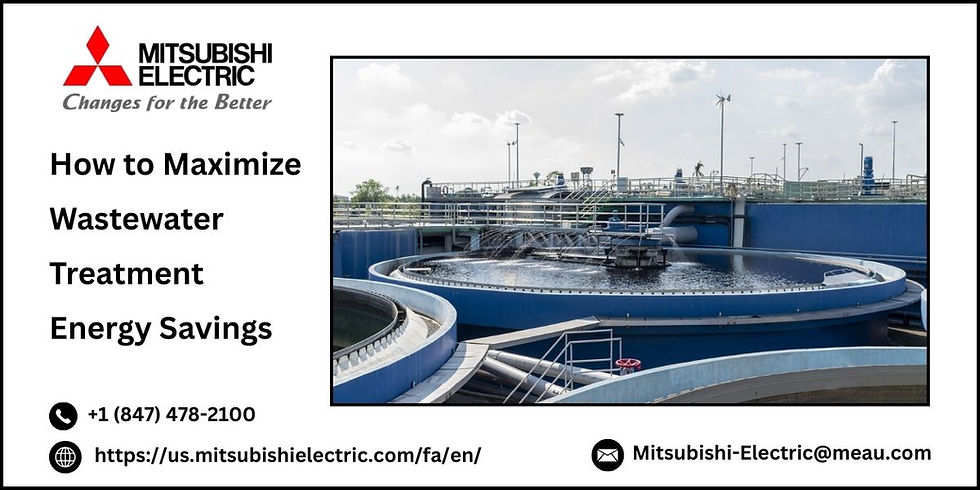The Clockwork Precision Of Automated Conveyors
- mitsubishielectric1
- Aug 28, 2023
- 2 min read
Every second counts in the manufacturing and logistics industries. Efficiency, production, and ultimately the bottom line can all be dramatically impacted by the smooth flow of goods and resources throughout a plant. Here is where automated conveyors' precise timing is put to use. Time-saving and simplified procedures have a whole new meaning with the development of material handling automation, such as Mitsubishi automation systems. We'll delve into the world of automated conveyors, learning how they improve material handling, the part Mitsubishi automation plays in this, and the amazing amount of time that can be saved by putting them in place.

Revolutionizing Material Handling with Automated Conveyors
Efficiency Redefined: The introduction of efficiency, accuracy, and speed into procedures that formerly placed a significant emphasis on manual labor has changed the production and distribution scene. Automated conveyors, which allow for the seamless transfer of materials, components, and completed goods, are at the forefront of this transition.
The Precision of Automation: Automated conveyors carry out activities consistently and accurately with the precision of clockwork. They do away with human error, lessen the possibility of accidents, and guarantee uninterrupted material transportation to the destinations.
Mitsubishi Automation: Elevating Conveyor Systems
As a pioneer in automation solutions, Mitsubishi Electric provides cutting-edge technologies that advance numerous sectors. Their automation systems, which include conveyor systems, are created to enhance productivity, optimize workflows, and promote operational excellence. Mitsubishi automation effectively interacts with conveyor systems, enhancing the material handling procedure with intelligence and control. One of the characteristics that improves the effectiveness of automated conveyors is real-time monitoring. Other advantages include predictive maintenance and configurable programming.
The Time-Saving Impact of Automated Conveyors
The decrease of manual work is one of the automated conveyors' most important time-saving features. Automated technologies may now quickly and correctly complete tasks that traditionally needed hours of physical labor. Automated conveyors improve material flow within a facility, decreasing bottlenecks and delays. Shorter lead times, quicker order fulfillment, and more customer satisfaction are all products of this optimized system.
Time Saved with Automated Conveyors
Time management: In a manufacturing setting, time saved directly translates into cost savings. Automated conveyors guarantee that products transfer from one location to another without interruption, cutting down on wait times and improving operational effectiveness.
Accelerated Throughput: Automated conveyors' clockwork accuracy enables increased throughput rates. A continuous flow of goods may be moved, sorted, and packaged, increasing industrial output all around.
A Step Towards the Future
Automation in production is increasingly being used for reasons other than time savings. It includes improved quality control, decreased waste, and the capacity to quickly adjust to shifting market demands. Automated conveyors continue to advance along with technology. The future of material handling automation is being shaped by advancements in robots, artificial intelligence, and data analytics, which will further optimize workflows and efficiency.
Conclusion
Automated conveyors personify the meticulous timing required for modern manufacturing and delivery. These conveyors are raising material handling to previously unheard-of levels of efficiency because of Mitsubishi automation and other cutting-edge technologies. The amount of time saved by their adoption goes beyond mere seconds or minutes; it refers to a collective gain that helps organizations become more productive, spend less money, and maintain their competitiveness in a continually changing market.
RELEVANT BLOGS

.png)



Comments